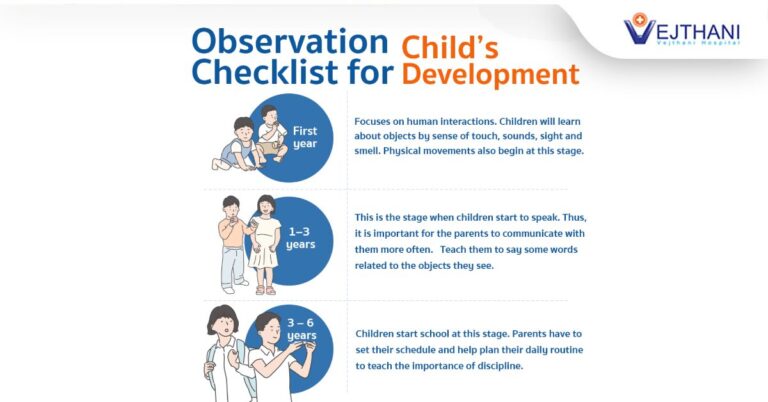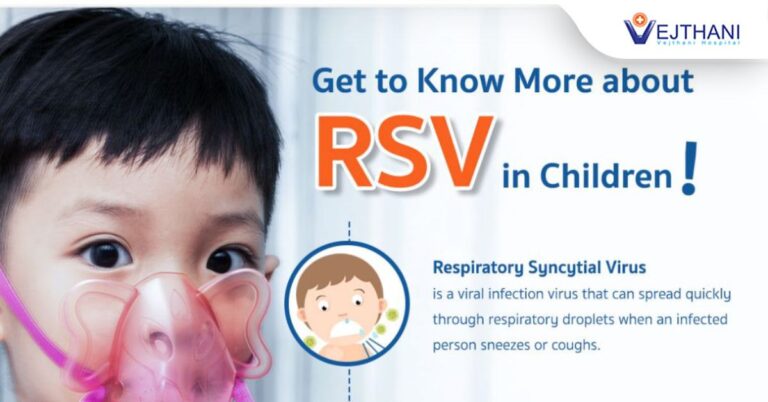

Epilepsy is a prevalent neurological disorder in children, impacting brain function and potentially deteriorating child development, socialization, and learning if left untreated. Seizures and episodes of blanking out, whether consciously or unconsciously, characterize this condition, and its roots may be traced to various factors, including abnormal brain activity.
Dr. Supachai Laohapongsomboon, a pediatric neurologist at Vejthani Hospital, explained that epilepsy in children occurs from abnormal electrical brain activity, which leads to seizures. Epilepsy may or may not have known causes. One of the known causes is brain abnormality resulting from factors like oxygen deprivation during birth, head injuries, or viral infections in the nervous system.
The causes of epilepsy may be found before, during, or after childbirth.
- Before childbirth, the disease could occur in mothers with chronic diseases like diabetes and hypertension, along with abnormal pregnancy conditions like placenta previa and placenta calcification, which can lead to oxygen deprivation in the womb.
- During childbirth, there may be some undesirable situations, such as nuchal cord entanglement around the fetus’s neck, and premature birth can compromise oxygen supply or lead to brain infections.
- After childbirth, postnatal infections, head injuries, and abnormal brain tissue growth, including tumors, can contribute to epilepsy.
Seizures can occur in various forms, falling into two broad categories: those with evident symptoms like spasms and convulsive (jerky) movements and those with subtle signs, such as blanking out and sudden cessation of activities. Recognizing these symptoms is crucial, especially when children exhibit signs like increased sleepiness, frequent dozing off, and declining learning ability.
Sixty to seventy percent of epilepsy symptoms can be managed and treated with medications. However, accurate diagnosis is crucial to identify the underlying cause and determine the most appropriate treatment regimen. Today, a wide range of antiepileptic drugs is available, and the choice depends on the child’s age and the specific cause of epilepsy. Alternative treatment options include the ketogenic diet, steroids, and high-dose vitamin therapy. For medication-resistant cases, surgical interventions like vagus nerve stimulator (VNS) implantation and brain surgery may be considered.
Parents play a vital role in recognizing and promptly addressing potential epilepsy symptoms such as convulsive (jerky) movements, epileptic spasms, episodes of blanking out, unresponsiveness, or any seizure-like signs. Immediate medical attention is crucial for ensuring a prompt diagnosis and appropriate treatment for the child’s well-being.
- Readers Rating
- Rated 4.7 stars
4.7 / 5 ( Reviewers) - Outstanding
- Your Rating



























